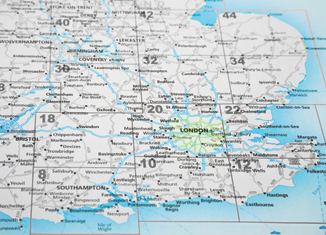Most houses are owned by the person living in the house. They buy it as a place to live and maybe as a form of security. First, the security relates to control the roof over the person's head. Second, security comes from the financial value realized when the asset is sold.
As an investor, this means the market is dominated by people who are not like us. They buy to live in a home while we buy to produce an economic return. We care about the income after expenses and the future capital value. We can call the future value the exit value.
Because the investor transactions are a minority in most local markets, the preferred valuation process is based on comparing homes rather than comparing economic performance (income and exit value). Commercial property is valued differently as the value of an office building is heavily driven by the income stream. There is no significant owner occupier market for commercial property.
The above tells us that the value of a house is driven by supply vs. demand for homes in which the owner is the occupant. What the owner occupant can afford to pay is determined by their income plus their savings available for a deposit. If personal income matters then the local job market is a big driver. The income levels in a community tell us what people can physically afford to pay; not what they would like to pay. Local house prices are capped by the income in the area.




















